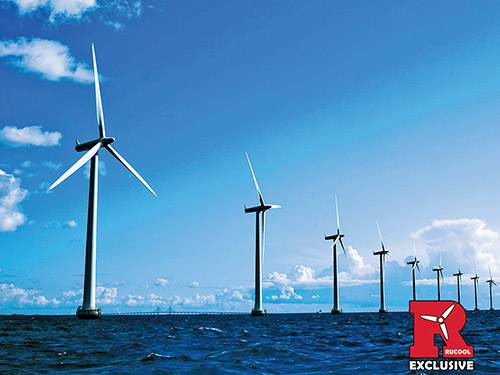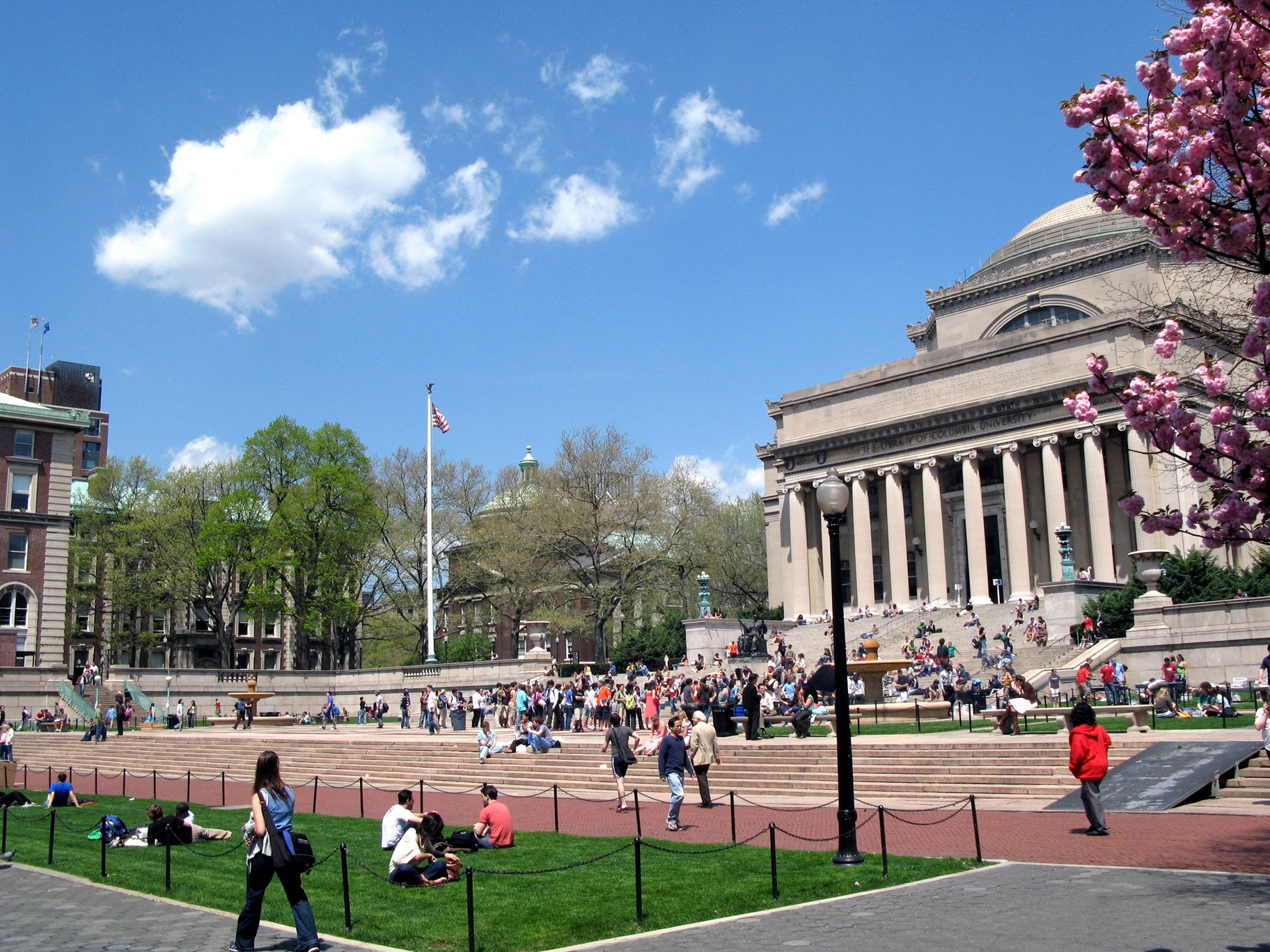

Winds of energy innovation are blowing in New Jersey—winds that might someday reach halfway across the world to Israel.
A Rutgers University team is conducting the research behind a project to establish wind turbine farms off the New Jersey coast that will be completed in about four years. Wind turbines measuring dozens of feet high will be installed in the Atlantic Ocean for the purpose of providing a significant proportion of the Garden State’s electricity supply.
With this initiative, the U.S. joins China, Britain, Germany and other countries that established massive farms of wind turbines in their territorial waters. Israel, which counts the Mediterranean Sea as one of its borders and has a strong track record of groundbreaking research in the ocean, can enhance its energy sustainability landscape by doing the same.
Contrary to the prevailing perception, producing energy from natural gas pollutes the environment. Israel is aware of the fact that at some point, its gas supplies will be exhausted—and it is preparing for the day after. While recent reports have indicated that the Israeli government intends to establish additional wind turbines in the northern Golan Heights region, Israel has several compelling reasons to follow the above-mentioned countries and establish a wind turbine farm in its territorial waters.
The first impetus is land consideration. Israel’s land resources are extremely expensive to maintain. Compared to many other countries, Israel has impressive population growth, which is accompanied by rising electricity consumption. Meeting the growing needs of electricity through solar energy or wind turbines requires the usage of territories that will need to be put out of use for residential or agricultural purposes. For example, the thermos-solar power plant in Ashalim that provides a mere 1.5% of Israel’s electricity consumption is spread over 4,000 dunams (approximately 1,000 acres). One-hundred meters (328 feet) is the distance between two different wind turbines in the Golan Heights-based Mount Bnei Rasan—one that serves nearby villages and the other serving factories in the surrounding area. Imagine how large of an area that would be necessary to provide electricity to all of the metropolitan area of Tel Aviv, taking into account that current turbines require a distance of 500 meters (1,640 feet) from each other. Instead, Israel can take advantage of the abundance of available space in its territorial waters.
Secondly, there is economic efficiency in leveraging water resources, and accordingly, electricity rates in Israel would drop because the wind blows constantly at no cost, unlike gas or charcoal-based power stations. The only costs involved entail the setup, maintenance and decommission of the system.
The third reason, unique to Israel, pertains to energy security. Israel’s current power stations are located near the borders of enemy states, placing the country’s electrical grid at high risk. The deployment of dozens of wind turbine farms in the Mediterranean Sea, however, would grant Israel energy security. Turbine farms that provide electricity to modern cities are made of hundreds of turbines set over half a kilometer (about one-third of a mile) apart. Therefore, in the event of an attack, the worst-case scenario is the deactivation of a few isolated turbines. From an energy perspective, damage would be minor and reconstruction would be fast, which in turn would minimize hostile elements’ interest in carrying out such attacks.
As a member of the Rutgers research team working on the establishment of turbine farms at beaches in New Jersey, I can say with confidence that the treasure trove of knowledge and experience that we are accumulating in the U.S. on this subject can eventually serve to reenergize Israel’s energy infrastructure.
Much like the case with offshore gas rigs, sea-based turbines do not require building foundations on the water floor towards the water level in order to install them, thus minimizing possible negative environmental consequences. There are also no aesthetic concerns because the turbines are not visible from the coastline. Further studies are necessary to precisely determine what sort of impact, if any, the turbines will have on the sea currents and the fish living in the surrounding environment, in order to prevent any unintentional damage to the local ecosystems.
The more that Israel’s scientists become involved in this cutting-edge research, the more the Israeli public will grow to understand that the Mediterranean breeze not only pampers but can also be electrifying.
Erick Fredj is a professor of computer science at the Jerusalem College of Technology as well as an air and water currents research fellow at Rutgers University in New Jersey.













